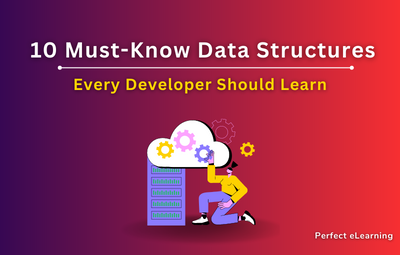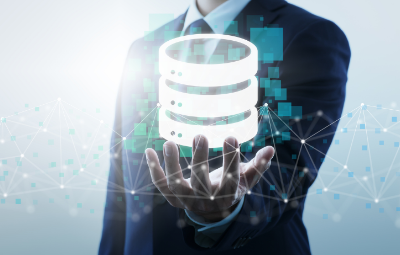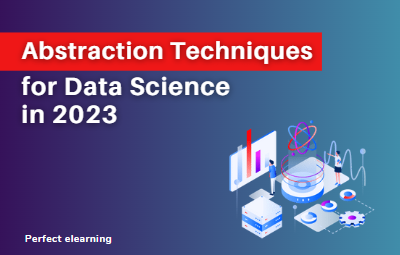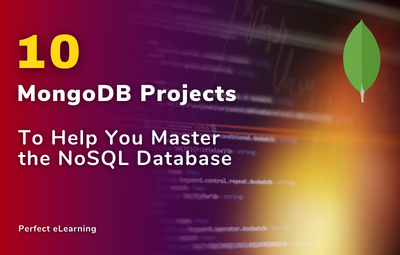
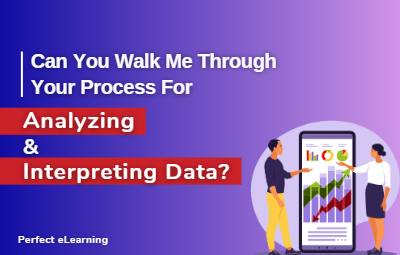
Before we delve into the details of data analysis, let us define what data analysis means. Data analysis is the process of cleaning, transforming, and modelling data to discover useful information, draw conclusions, and support decision-making. The process involves a series of steps that help transform raw data into meaningful insights.
Data Collection
It involves gathering data from various sources, such as surveys, interviews, databases, and websites. The data collected should be relevant to the research question or problem statement. It is essential to ensure that the data collected is accurate, complete, and reliable.
After collecting the data, the next step is data cleaning. It involves identifying and correcting errors, missing values, and inconsistencies in the data. Data cleaning ensures that the data is ready for analysis and helps to avoid biased results. The process of data cleaning is iterative and may involve several rounds of cleaning.
Data Exploration
Data exploration is the process of summarizing, visualizing, and understanding the data. It involves identifying patterns, trends, and relationships in the data. Data exploration helps to identify potential outliers, missing data, and other data quality issues. The process of data exploration may involve the use of descriptive statistics, such as mean, median, mode, variance, and standard deviation.
Statistical Analysis
Statistical analysis involves the use of statistical methods to analyze the data. It helps to identify significant differences, trends, and relationships in the data. The process of statistical analysis may involve the use of inferential statistics, such as hypothesis testing, confidence intervals, and p-values.
Hypothesis Testing
Hypothesis testing is the process of testing a hypothesis or a claim about a population parameter using sample data. It involves formulating a null hypothesis and an alternative hypothesis and using statistical methods to determine which hypothesis is supported by the data.
Regression Analysis
Regression analysis is the process of modelling the relationship between a dependent variable and one or more independent variables. It helps to identify the strength and direction of the relationship between the variables.
Machine Learning Algorithms
Machine learning algorithms are a subset of artificial intelligence that involves the use of statistical models to make predictions or decisions. It involves training a model on a dataset and using the model to make predictions on new data.
Interpretation and Insights
Interpretation and insights are the final steps in data analysis. It involves interpreting the results of the analysis and drawing meaningful insights. The process of interpretation may involve the use of storytelling techniques, such as using anecdotes or metaphors, to communicate the insights effectively.
Reporting and Communication
Reporting and communication are essential aspects of data analysis. It involves communicating the results of the analysis to stakeholders and decision-makers. The process of reporting and communication may involve the use of data visualization tools, such as dashboards or infographics, to communicate the insights effectively.
Conclusion
Data analysis is a complex process that involves several steps, such as data collection, cleaning, exploration, visualization, statistical analysis, hypothesis testing, regression analysis, machine learning algorithms, clustering techniques, dimensionality reduction, interpretation, and reporting. The process of data analysis requires a combination of technical skills, such as statistical analysis and programming, as well as soft skills, such as storytelling and communication.
FAQs
Q. What are the steps in data analysis?
The steps in data analysis include data collection, cleaning, exploration, visualization, statistical analysis, hypothesis testing, regression analysis, machine learning algorithms, clustering techniques, dimensionality reduction, interpretation, and reporting.
Q. Why is data cleaning important?
Data cleaning is important because it helps to ensure that the data is accurate, complete, and reliable. It also helps to avoid biased results.
Q. What is the importance of reporting and communication in data analysis?
Reporting and communication are important because they help to communicate the results of the analysis to stakeholders and decision-makers. Effective communication can help to ensure that the insights are acted upon and that the organization benefits from the analysis.
Perfect eLearning is a tech-enabled education platform that provides IT courses with 100% Internship and Placement support. Perfect eLearning provides both Online classes and Offline classes only in Faridabad.
It provides a wide range of courses in areas such as Artificial Intelligence, Cloud Computing, Data Science, Digital Marketing, Full Stack Web Development, Block Chain, Data Analytics, and Mobile Application Development. Perfect eLearning, with its cutting-edge technology and expert instructors from Adobe, Microsoft, PWC, Google, Amazon, Flipkart, Nestle and Info edge is the perfect place to start your IT education.
Perfect eLearning provides the training and support you need to succeed in today's fast-paced and constantly evolving tech industry, whether you're just starting out or looking to expand your skill set.
There's something here for everyone. Perfect eLearning provides the best online courses as well as complete internship and placement assistance.
Keep Learning, Keep Growing.
If you are confused and need Guidance over choosing the right programming language or right career in the tech industry, you can schedule a free counselling session with Perfect eLearning experts.
